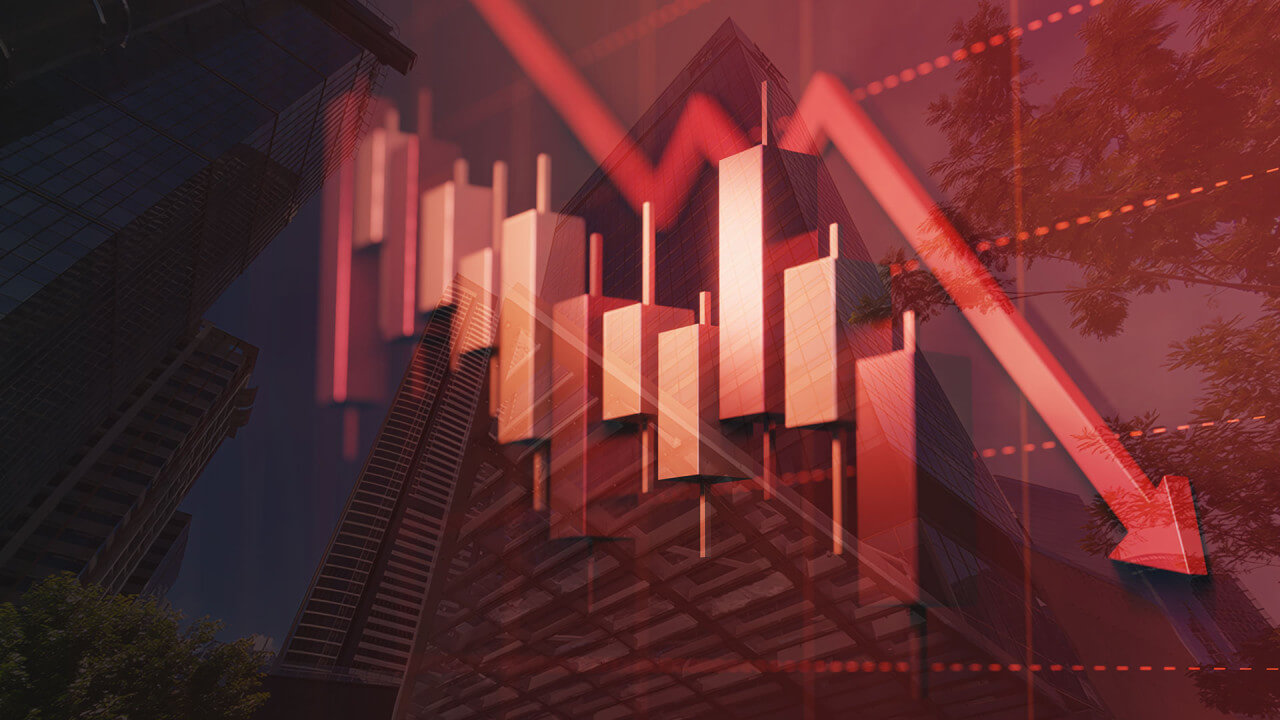

It even traded as low as 9.06 times price-to-earnings (P/E) at one point after Trump announced his “reciprocal tariffs” on all US trade partners.
(Editor’s note: As readers know by now, the P/E ratio compares a company’s price to its earnings. It’s a quick gauge of how expensive or cheap a stock or market is.)
This is the lowest P/E ratio we have seen since the market P/E plunged to 8.53 times immediately after the announcement of the 2020 COVID-19 lockdowns.
The market also found support around similar levels after touching a low of 8.13 times P/E during the 2008 Global Financial Crisis and 8.81 times during the 1997 Asian Financial Crisis.
Naturally, we find ourselves asking: Why are we trading at crisis-level valuations? Is there a crisis that nobody told us about?
In case you missed it, the US President imposed 145 percent tariffs on imports from China, and they retaliated with 125 percent tariffs on US goods.
This virtually severs trade ties between the world’s two largest economies, as no importer in their right mind would pay such steep costs for imports.
Trump’s “reciprocal tariffs” on other trade partners (including a 17 percent tariff on imports from the Philippines) are currently on hold, but they have the potential to trigger a global economic slowdown, if not a global recession, should they take effect.
In a sense, the second Trump presidency is set to rearrange the global order in ways we have not seen since the end of the Second World War.
Even if other key economic players like the EU, India, Japan, Korea, and our ASEAN neighbors manage to strike a deal with the US, the damage has already been done.
The world no longer considers the US a bastion of stability, and world leaders are now working to hedge their bets and establish stronger relationships with other partners.
It is likely that by the time Trump steps down in 2029, we will be living in a fragmented, multipolar world—very different from the interconnected global economy we have today.
So, is this a crisis that justifies valuing the market at the same levels as during the 2020 pandemic, the 2008 global financial crisis, and the 1997 Asian financial crisis? Our answer is no.
There is a place for the Philippines in the new global order that is beginning to take shape, and we believe this new landscape is not too different from our current reality.
The Philippines has already shifted to a multipolar model, retaining close political and cultural ties with the US, while our economic ties are largely with East and Southeast Asia.
This is not to say we are immune from the indirect effects of a global slowdown. Due to our close economic links with our neighbors, our fortunes will likely rise and fall with theirs. Economic shocks to export-driven economies like China, Japan, Vietnam, Thailand, and Malaysia will be felt here as well.
At the same time, our consumption-driven domestic economy still relies heavily on remittances from OFWs and the income of workers in the BPO sector—both of which are in the crosshairs of Trump’s policies on migrant workers and job reshoring.
However, we still do not believe this warrants pricing the market at a 60 percent discount to the 20-year average P/E of 16.30 times.
So once again, even though we are starting to tire of doing so, we call it: the market is severely undervalued at these levels. Despite the prevalent pessimism, which we fear is becoming systemic, we believe the market has bottomed out.
Financial market recommendations and comments on InsiderPH News belong solely to the analysts and institutions making them. They do not represent buy, sell or hold recommendations of InsiderPH News. Investments held by analysts or institutions may influence their recommendations. Investors should conduct their own research and carefully evaluate all relevant market information before making investment decisions. As always, the past performance of any investment does not guarantee its price appreciation in the future.